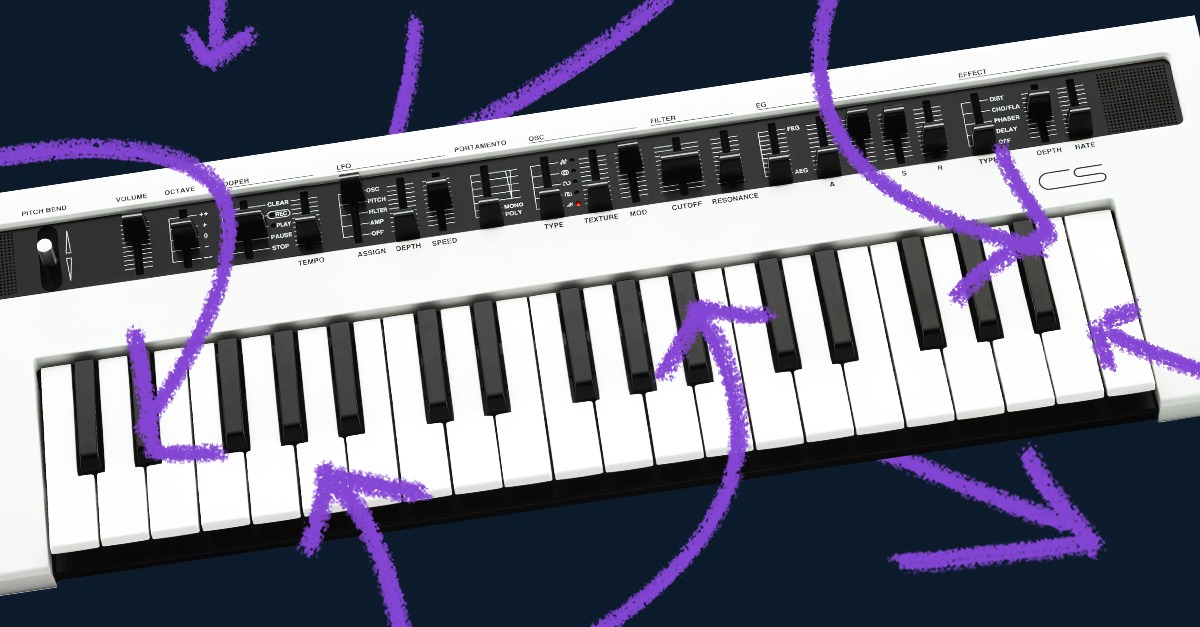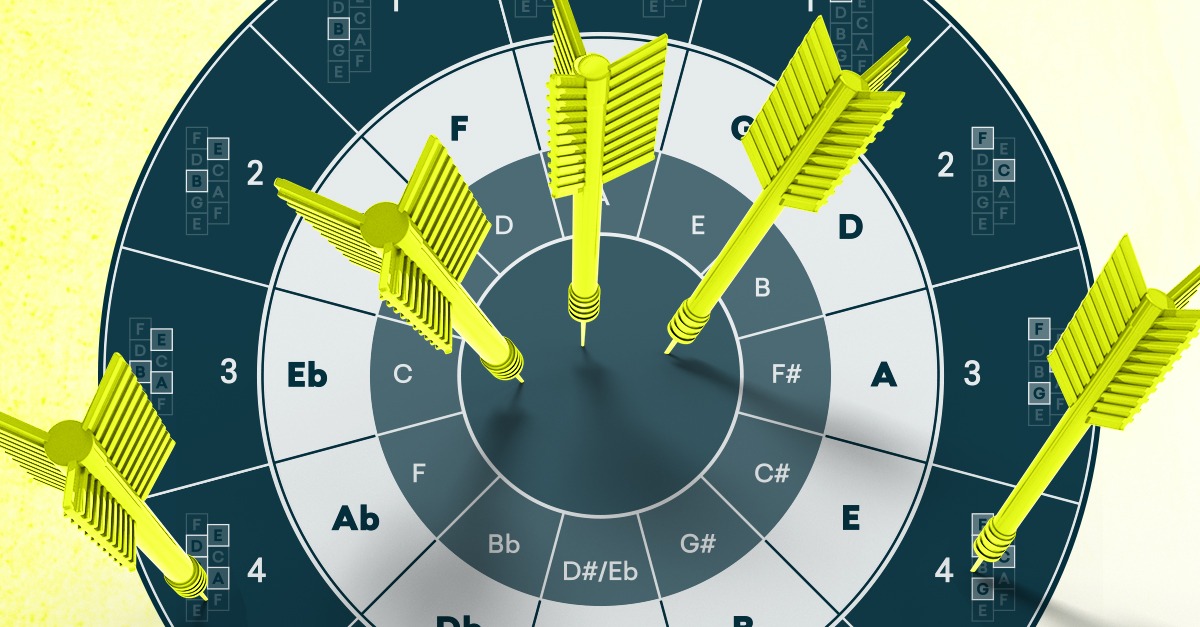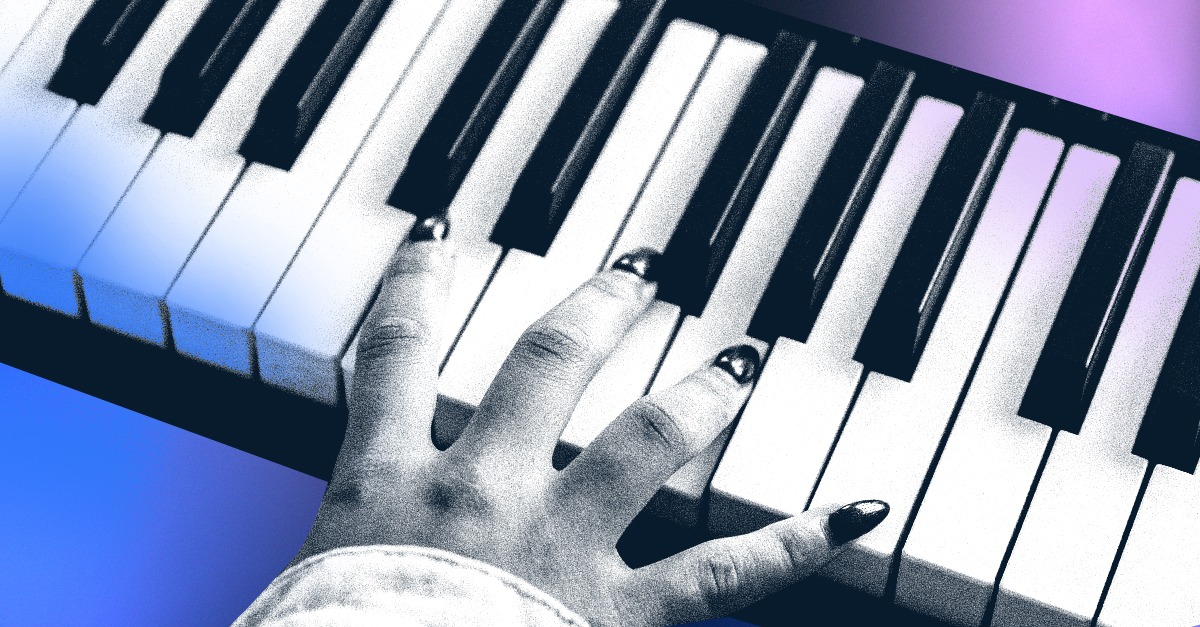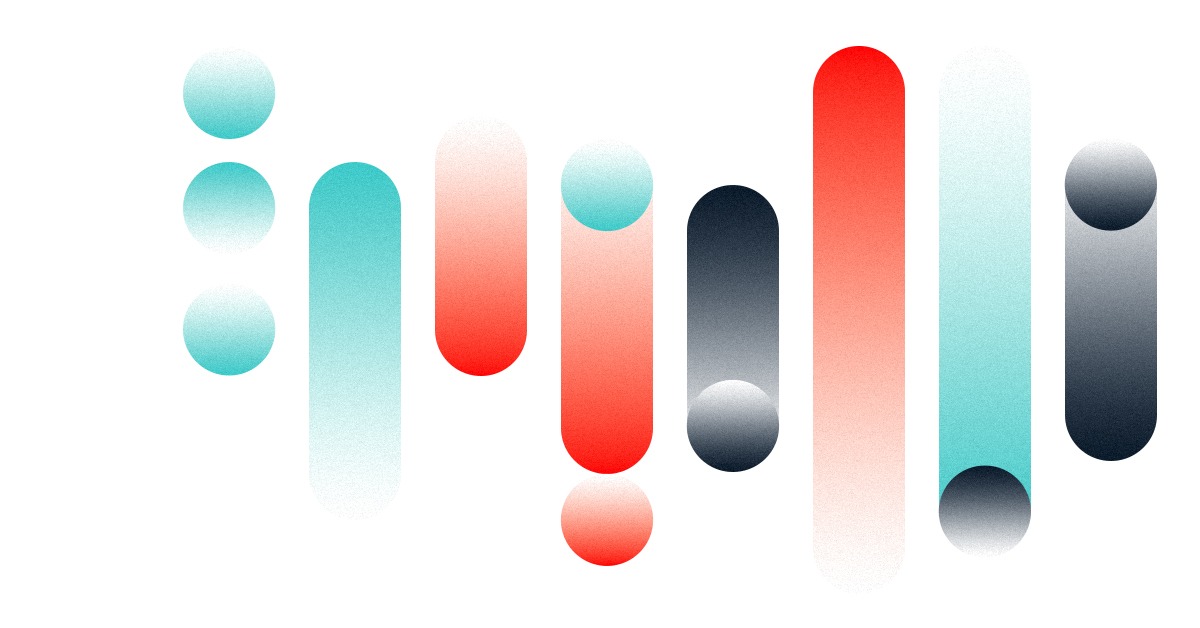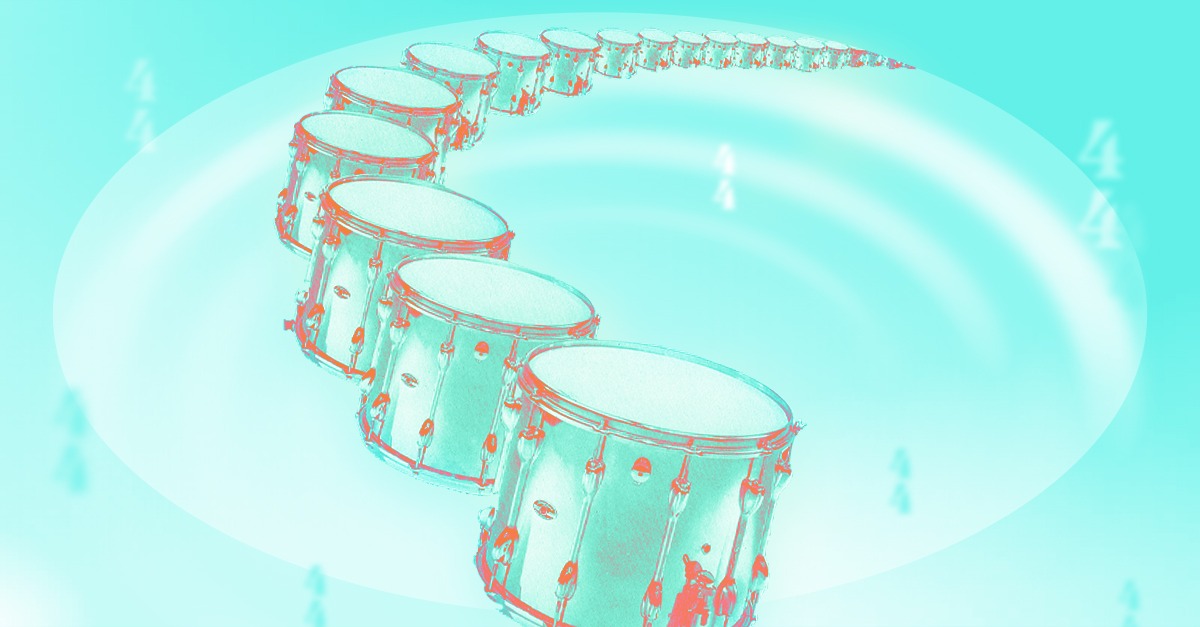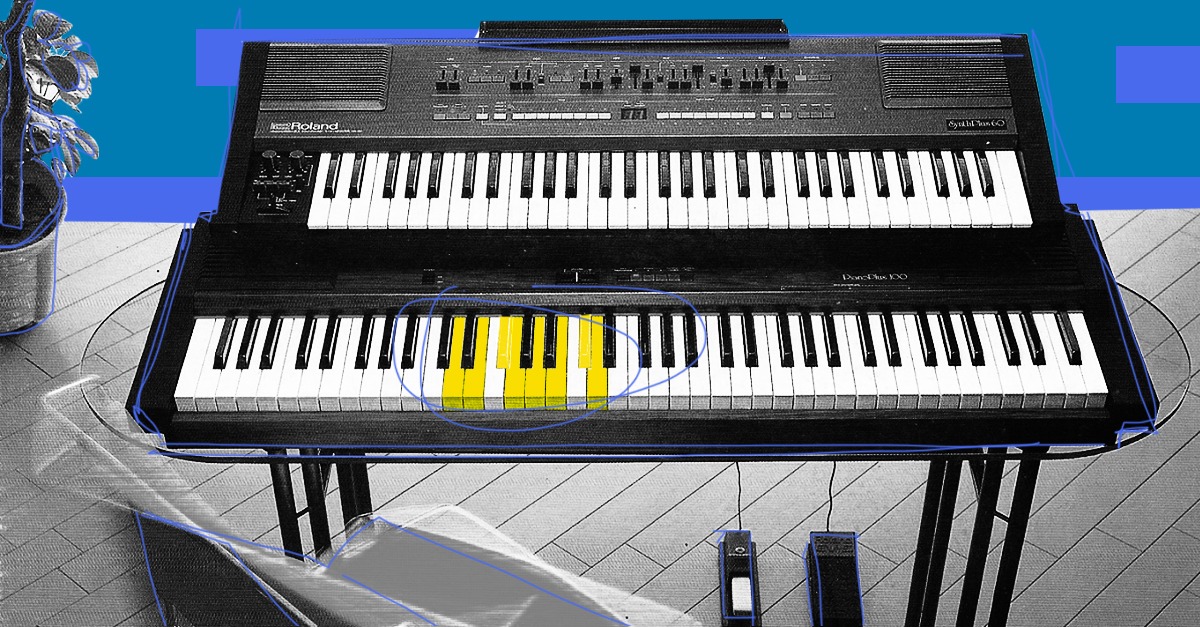
What Is Sight Reading? Learn to Sight Read Music With 4 Tools
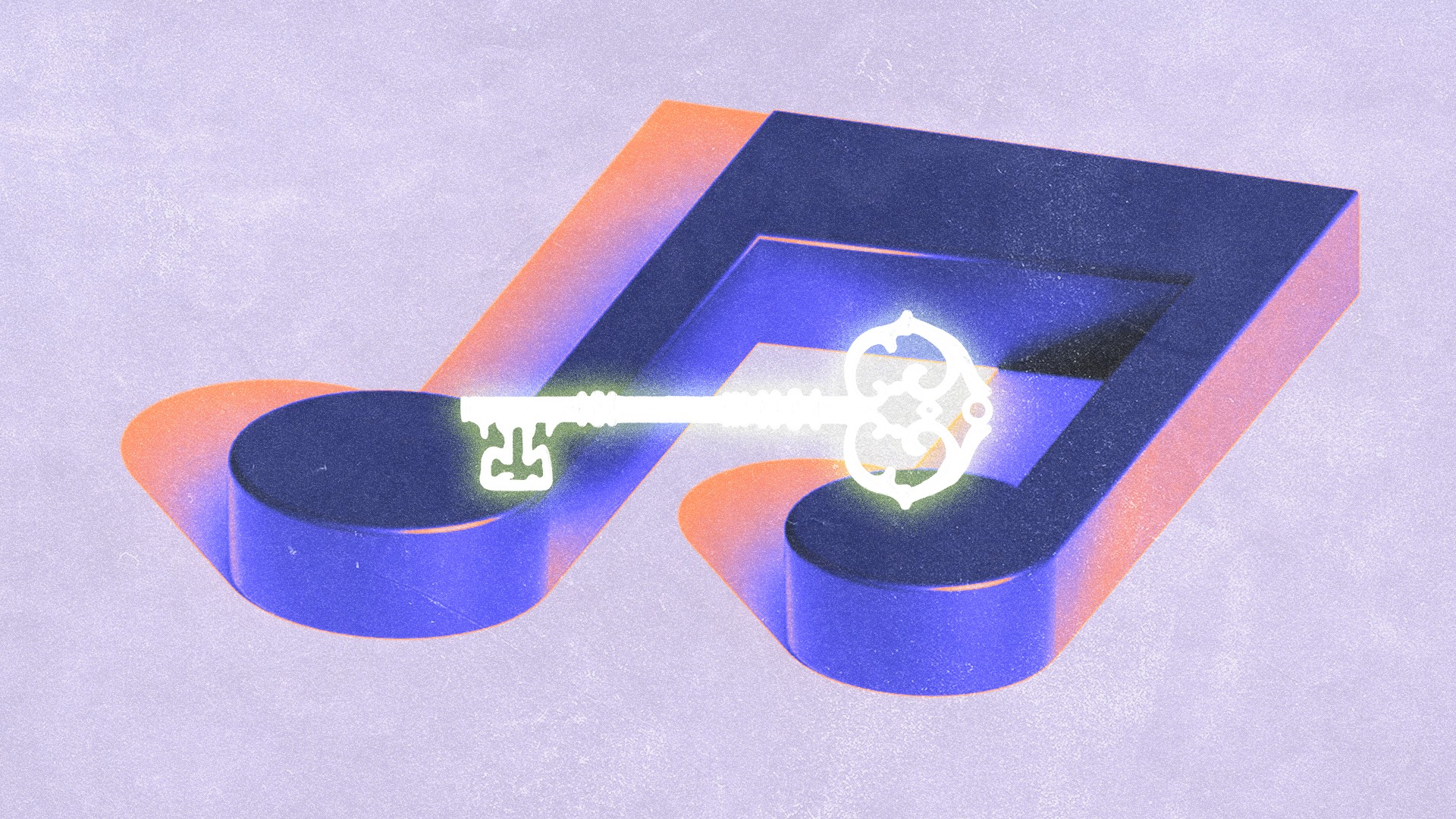
Sight reading is one of the most challenging musical skills to master.
After all, playing sheet music you’ve never seen before seems like a musical superpower.
And while it’s not easy, it doesn’t mean there isn’t a clear pathway to getting better.
In fact, sight reading has tremendous practical benefits even if you improve your skills just a bit.
If you play new music regularly, sight reading can help you master new pieces faster and with more confidence.
It also strengthens your musical fundamentals, improving your overall grasp of music theory and your instrument.
But despite that, sight reading requires a broad approach to improve.
In this article I’ll break down what sight reading is, explain the benefits for musicians and producers and suggest ways to grow your skills.
Let’s get started.
What is sight reading?
Sight reading is the ability to play a piece of written music without having heard it before or practicing in advance.
It’s one of the most highly prized abilities in musicianship.
Sight reading goes further than mechanically translating the marks on a page to notes on your instrument.
The best sight readers can “hear” the phrases in their head before they start playing.
This gives accomplished sight readers a greater level of insight into the pieces they perform and the music they write in their creative process.
Why learn sight reading?
If you primarily make music in a DAW, it might not be immediately obvious why sight reading is important.
Sight reading is usually associated with traditional music education, but the truth is that musicians of all kinds can benefit.
While you may not find yourself reading challenging new scores everyday, the skills that you develop when you practice sight reading apply to songwriting, arranging, singing and more.
As a producer and songwriter, your goal is get your ideas out of your head and into your DAW.
The musicianship abilities you improve when you sight read make it easier to realize your ideas for melodies, chords and progressions as MIDI in your piano roll.
Sight reading basics
Sight reading ability depends on a set of foundational skills that are sometimes called musicianship.
They make up the musical fundamentals that students learn early on in conventional music education.
Here are the essentials of music to learn in order to develop your sight reading:
Musical intervals
Musical intervals are the building blocks of many skill sets in music. The term refers to the distance between two notes in terms of the musical scale.
lol
You’ll need a good grasp of how intervals are written on the page to read music at first glance. But you’ll also need to know how they sound!
To get up to speed on the basics, head over to our guide to musical intervals to brush up:
If you struggle to tell the difference between a major 3rd and a perfect 5th away from a common root by ear, it’s time to back up to the next essential skill…
Ear training
Ear training is the term associated with identifying elements of music by ear.
It includes naming intervals and chord qualities, identifying chords in progressions and transcribing melodies.
It may sound intimidating, but If you’re a self-taught musician, you’ve probably developed your ear in some important ways already.
Ear training in musicianship is simply formalizing those skills and improving on them in a systematic way.
Check out our in-depth guide to learn more.
Keys, signatures and scale degrees
How well do you know your musical keys?
Do you know how they’re built and the notes they contain?
If you’re trying to sight read a piece of music in a key that’s unfamiliar to you, you’re likely to stumble.
You’ll need to have a good grasp of the 12 musical keys and how to remember their key signatures with the circle of fifths.
On top of that, you’ll need to remember the degrees of the scale in order to match intervals with notes in the key.
🧠 Hot tip
Brush up on the basics
Full guides to the building blocks of music theory
Rhythmic patterns
Reading complex rhythms is another challenging skill in its own right.
But it’s absolutely necessary for effective sight reading.
After all, just recognizing the pitches in a piece of music won’t take you very far!
You need to decipher the rhythm at the same time to play the piece as written.
Check out our guides to rhythm and rhythmic notation if you need to brush up on your skills.
Start here with rhythm
Learn the theory behind the beats you build.
Transcription
Transcribing music by ear is one of the classic drills in music training.
It usually involves an instructor playing a passage or recording for students to transcribe.
Students are given a time limit and set number of repetitions to write a melody, chord progression or entire piece by ear.
While it can be stressful in an academic setting, plenty of musicians use transcription in their workflow to learn from other players and expand their musical vocabulary.
How to learn sight reading
Like any skill in music, the best way to improve your sight reading skills is to practice regularly.
How often do you really look at a completely new piece of music? If you don’t do it frequently, you won’t make much progress.
Worse yet, you may even lose skills you’ve worked for if you don’t keep them sharp!
Luckily for today’s musicians, there are plenty of apps and online tools built specifically to help you train sight reading.
Here are some top picks.
Sight Reading Factory
Music students who struggle with sight reading will love Sight Reading Factory.
It tackles one of the biggest problems when it comes to sight reading exercises—how to find completely new passages to read.
The iOS and web-based app uses a unique musical algorithm to generate new musical material based on your parameters.
Simply choose the available keys, time signature and difficulty level and Sight Reading Factory will generate dozens of new exercises.
It includes a free tier as well as a paid app for a reasonable price
Sightreading.training
If you’re just getting started with sight reading and you need a simple way to try it online, I’d suggest sightreading.training.
It’s web-app interface uses browser-based MIDI to communicate with any MIDI controller.
That means you can use a MIDI keyboard to play notes as they pass in its scrolling staff mode.
It makes sight reading feel a bit like a rhythm game.
Sightreading.training includes other modes such as flash cards for intervals and ear training.
Since the web-app output requires a MIDI output device for sound, it’s likely meant for students with a MIDI-enabled digital piano rather than DAW users with basic controllers.
That said you could still likely use a DAW-only setup with some creative setup and routing.
ToneGym
ToneGym offers an engaging approach to sight reading with games, contests and daily musical workouts.
You’ll find powerful ear training and reading exercises disguised as clever games that are fun to play while you build your skills.
If you find sight reading practice feels like a frustrating chore, you might change your mind when you try ToneGym.
Musescore Sight Reading Trainer
If sight reading is already in your practice regime, you might not need a full-fledged trainer to help you improve.
Instead you might be stuck with the problem I described above—not enough material!
If you just need to generate new passages to attempt, you might consider Musescore’s Sight Reading Trainer tool.
For those who don’t know, Musescore is the free musical notation software that allows you create scores and compose music the traditional way.
But it also features a suite of handy tools for generating scores like Sight Reading Trainer.
The feature creates a random score based on parameters you specify. It can get pretty advanced as you level up your difficulty!
Reading music sight unseen
In the end, the only way to build sight reading skills is through regular practice.
But that doesn’t mean you can’t make significant progress if you put your mind to it!
With such a difficult skill, sight reading is one of the most rewarding abilities to develop as a musician.
And even if you don’t set out to master reading a musical score as easily as you read text on a page, you’ll still have plenty to show for it as you develop other core competencies in music.
Gear guides, tips, tutorials, inspiration and more—delivered weekly.
Keep up with the LANDR Blog.


